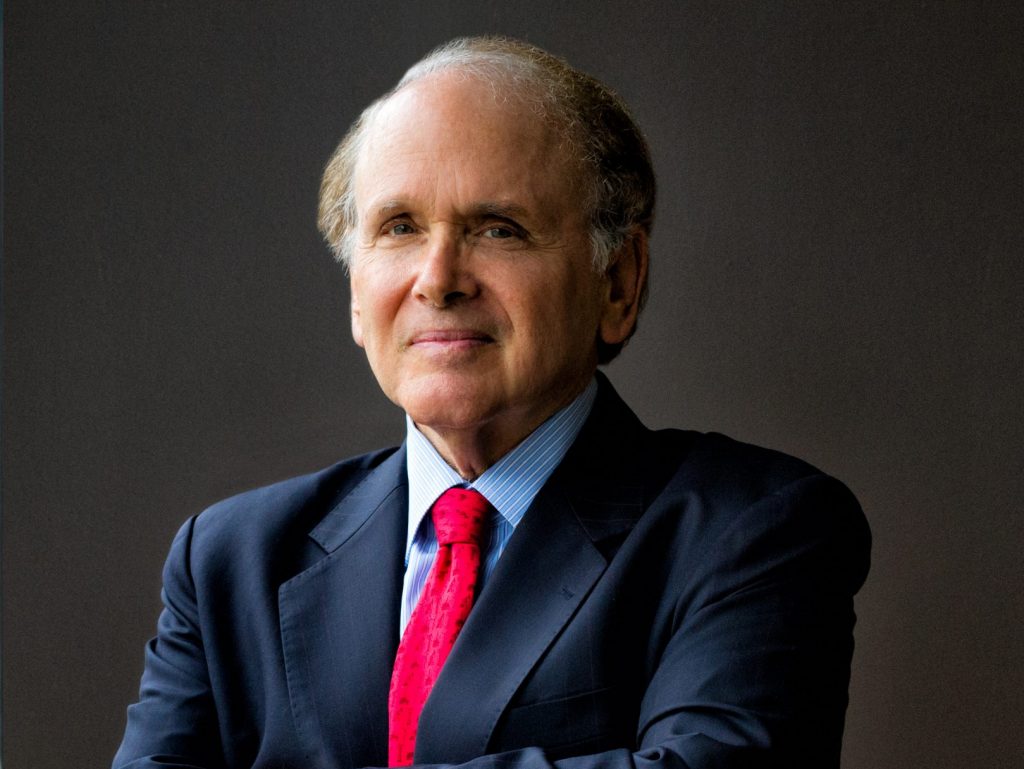
(IHS Markit, 29.Dec.2020) — Prices won’t break out of the $40 to $50 range until consumption gets back to normal sometime next year.
When will oil sustainably break out of the “Virus Alley”—that $40 to $50 band that has held oil prices in check for months? That’s Question No. 1 going into 2021 for an oil industry that has dramatically retrenched and investors who have abandoned the sector because of a lack of returns. It will also determine when U.S. shale recovers from its pandemic malaise and resumes growth.
Only a year ago prospects looked pretty good. Optimism about the world economy at the beginning of 2020 had a barrel of Brent crude at $70. Then came a pandemic that was in almost no company’s—or country’s—emergency plans. The general view of something called SARS-CoV-2 was initially conditioned by the experience of SARS-1 in the early 2000s, which had about 8,000 cases world-wide and fewer than 800 deaths.
But by March the highly transmissible coronavirus was precipitating a world-wide shutdown, the worst global recession in 74 years, and the constriction of movement by both car and plane. That led to a plummeting of global oil demand and a price collapse that saw prices go “negative,” or below zero, as producers paid people to take their oil away because storage tanks were filled to overflowing.
The rebound from negative prices and the stabilization of the market was made possible by unprecedented production cuts by the group that calls itself OPEC-plus—the 13 Organization of the Petroleum Exporting Countries, led by Saudi Arabia, and a group of 10 other producing nations led by Russia. That U.S.-brokered agreement got oil prices up into the $40 to $50 range of Virus Alley, blocked at one end by the virus and at the other by the uncertain prospect for vaccines. Now that vaccines are here, prices have moved to the $50 end of the alley. But will they rise into that higher band of $50 to $65 that will enable companies to start spending and attract investors?
In the short term, such a rebound will be challenged. The resurgence of the virus is again leading to shutdowns, reducing economic activities. A clear indication of this was provided by the Thanksgiving holiday in the U.S., when IHS Markit’s weekly survey showed that gasoline demand had fallen to a level last seen in 1997. But on the expectation of widespread vaccinations by the spring, IHS Markit estimates that global economic growth in 2021 will reach 4.5%. While this will cancel out the 4% decline of 2020, small business and other sectors will be left devastated.
What will recovery mean for oil demand? The one case study of a post-Covid country is China, where for the last several months oil consumption has been higher than in 2019. Demand for motor fuel is also currently higher than last year in India and Brazil, though both are still plague-ridden. The new year begins with total global oil demand down about 8% from 2019 levels. At this point, it seems likely that consumption will get back to where it was last year by late 2021 or early 2022.
But risks abound next year even with widespread vaccination. OPEC-plus is still holding back more than seven million barrels a day of production. Agreement was reached in December to bring that production back gingerly, at 500,000 barrels a month. The Saudis and Russians celebrated with a ministerial barbecue in Riyadh that was meant to put their price war of last spring firmly into the past. Still, as the months go on, the focus of countries needing revenues will shift from staving off the disaster of another price plunge to gaining market share. Moreover, another 1.5 million to 2 million barrels a day of Iranian oil production has been excluded from the market by U.S. sanctions imposed by the Trump administration. If the Biden administration re-engages with Tehran on the nuclear deal, those sanctions could be eased in 2021. Or Iran could simply seek to test the new administration by restarting exports on its own.
The U.S. shale oil industry has been battered by Covid, forcing companies to slash spending and cut way back on drilling. U.S. production going into 2021 is about 11 million barrels a day—two million lower than the astonishing high point of 13 million registered in February. Still, it is more than double the production level of 2008, when the shale oil revolution was about to begin. The U.S. remains the world’s largest oil producer, well ahead of Russia and Saudi Arabia.
The shale industry continues to consolidate and change how it operates because it recognizes that the time when growth could be the only focus is over. In the future, the industry will also need to focus on reducing costs and assuring investor returns. When there is confidence that prices are clearly out of Virus Alley, U.S. production will start growing again—likely in the second half of 2021. But that growth will look very different from when the U.S. was adding a million and a half or even two million barrels a day to world supply. It will be at a very different tempo, a much more modest rate.
The Covid pandemic marks the divide between the first decade of the U.S. shale oil revolution and the second, which is starting now. American shale is no longer a disruptive technology. Rather, it is one of the major foundations of world oil supply, with all the attendant energy-security, economic and political benefits.
__________
By Mr. Daniel Yergin, author of “The New Map: Energy, Climate, and the Clash of Nations” and vice chairman of IHS Markit.

